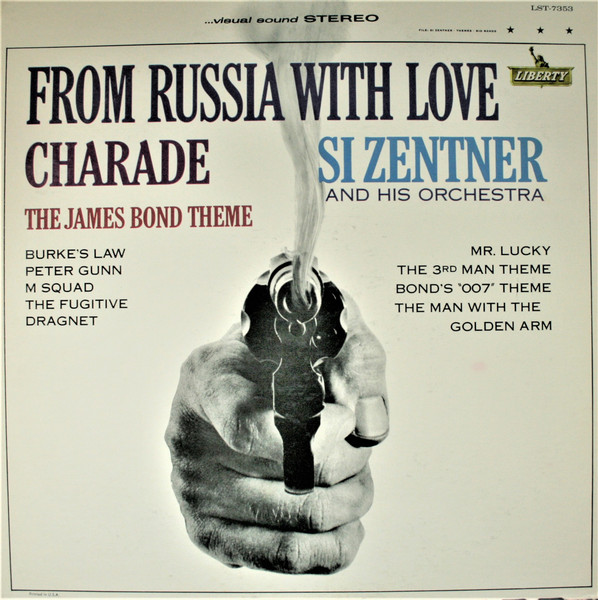Rex Harrison, Shirley MacLaine, and Ingrid Bergman head up the all-star cast of The Yellow Rolls-Royce, a colorful anthology film of three stories linked together by a sparkling 1931 Rolls-Royce Phantom II. The opening segment shows the first owner of the beautiful Rolls, the Marquess of Frinton ( Rex Harrison ) purchasing the car as an anniversary present for his wife ( Jeanne Moreau ) who, unbeknownst to Lord Frinton, is engaging in an affair with his attaché John Fane ( Edmund Purdom ). When he spies them together in the Rolls...back it goes to the dealer!
Years later, the Rolls turns up in a showroom in Italy where it catches the fancy of Mae Jenkins ( Shirley MacLaine ), the "fidanzata" of big-time mobster Paolo Maltese ( George C. Scott ). He is giving his lady-love the grand tour of Italy but, when he is called back to America to "settle a score with O'Leary", she ends up having a grand time herself with the amoral photographer Stefano ( Alain Delon ).
Lastly, the Rolls becomes a transport bus for mercenary soldiers in Yugoslavia when the snooty but socially prominent Mrs. Millett ( Ingrid Bergman ) decides to aid a rebel ( Omar Shariff ) in his fight against the Nazis.
The Yellow Rolls-Royce was one of only a few anthology films to be released in the 1960s. This was a style of storytelling more frequently seen in British and American films of the 1940s and 1950s ( e.g. Encore, Tales of Manhattan ). These kinds of films are entertaining when all three segments are equally engaging but when one segment is boring it tends to pull the entire film down. In The Yellow Rolls-Royce, the last segment featuring Mrs. Millet is the weakest, even though it is the only segment that hints that the Rolls could be of more use than just a cozy love nest. Terrance Rattigan's script tries to include a little adventure and romance in each segment but it ends up leaning heavily on the side of romantic drama. This is just as well as all the leading actors were well-equipped to handle romantic drama. Rex Harrison gives an especially good performance as the jilted husband in the first story.
The film features beautiful costumes and cinematography by Jack Hildyard ( The Bridge on the River Kwai ) with location filming in England, Italy, and Austria...which was standing in for Yugoslavia. But the most entertaining aspect of watching The Yellow Rolls-Royce is spotting all of the supporting players which included Art Carney, Joyce Grenfell ( affecting a Southern accent ), Wally Cox, Roland Culver, Isa Miranda, Moira Lister, and Michael Hordern.
Riz Ortolani's musical score is also delightful and includes the catchy "Forget Domani" theme which was performed onscreen by his wife actress Katyna Ranieri and later made popular by Frank Sinatra. Ortolani had a huge success with his song "More" from the pseudo-documentary Mondo Cane released two years earlier.
The Yellow Rolls-Royce received mixed reviews from critics but was a great hit at the box-office, becoming one of the top ten films of the year. MGM later released a 10-minute promotional short titled "The Car that Became a Star" which gave audiences a glimpse of the grand vehicle on the set of the film.
The film is currently available on DVD and by streaming through Amazon Prime.













